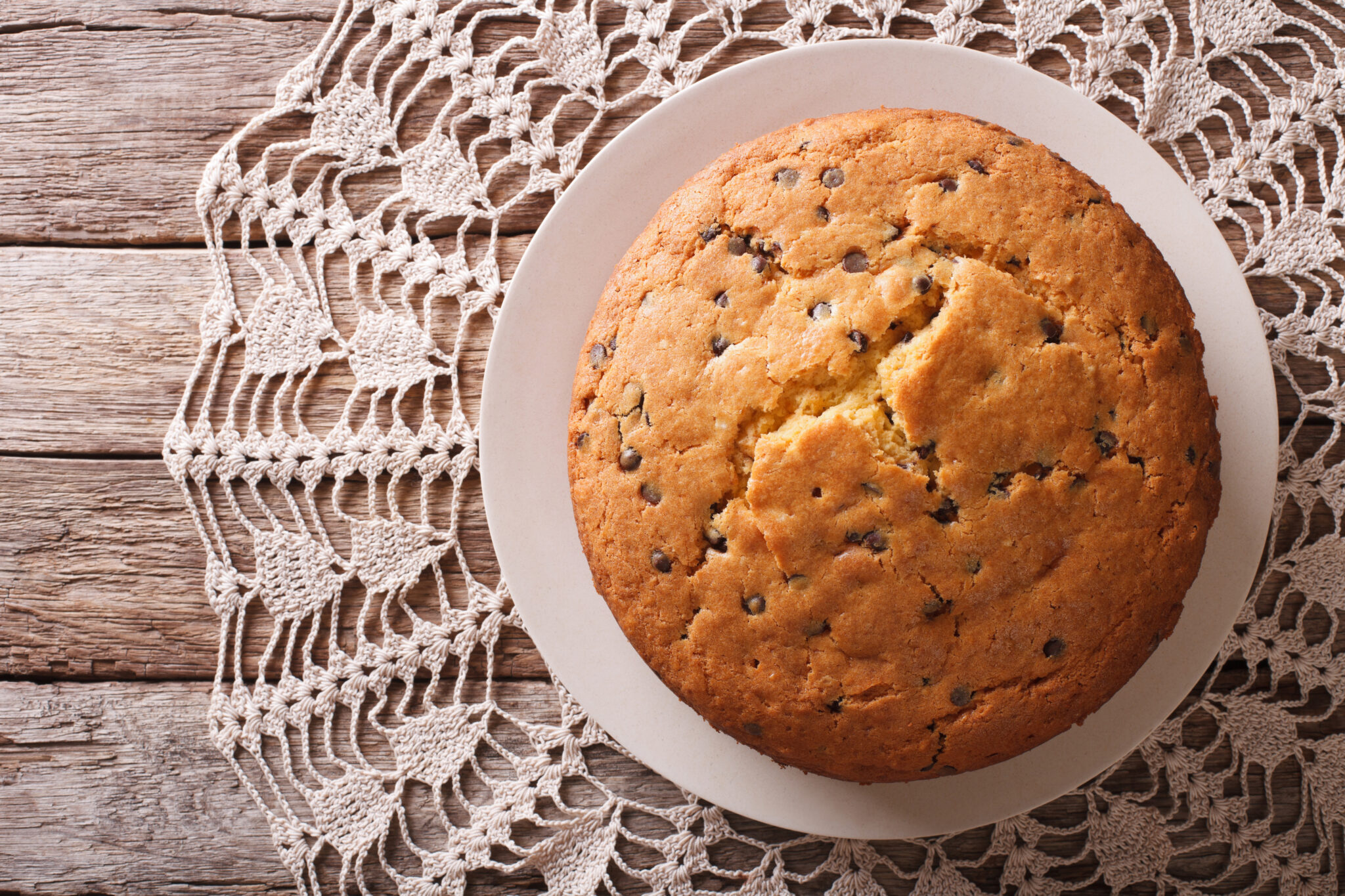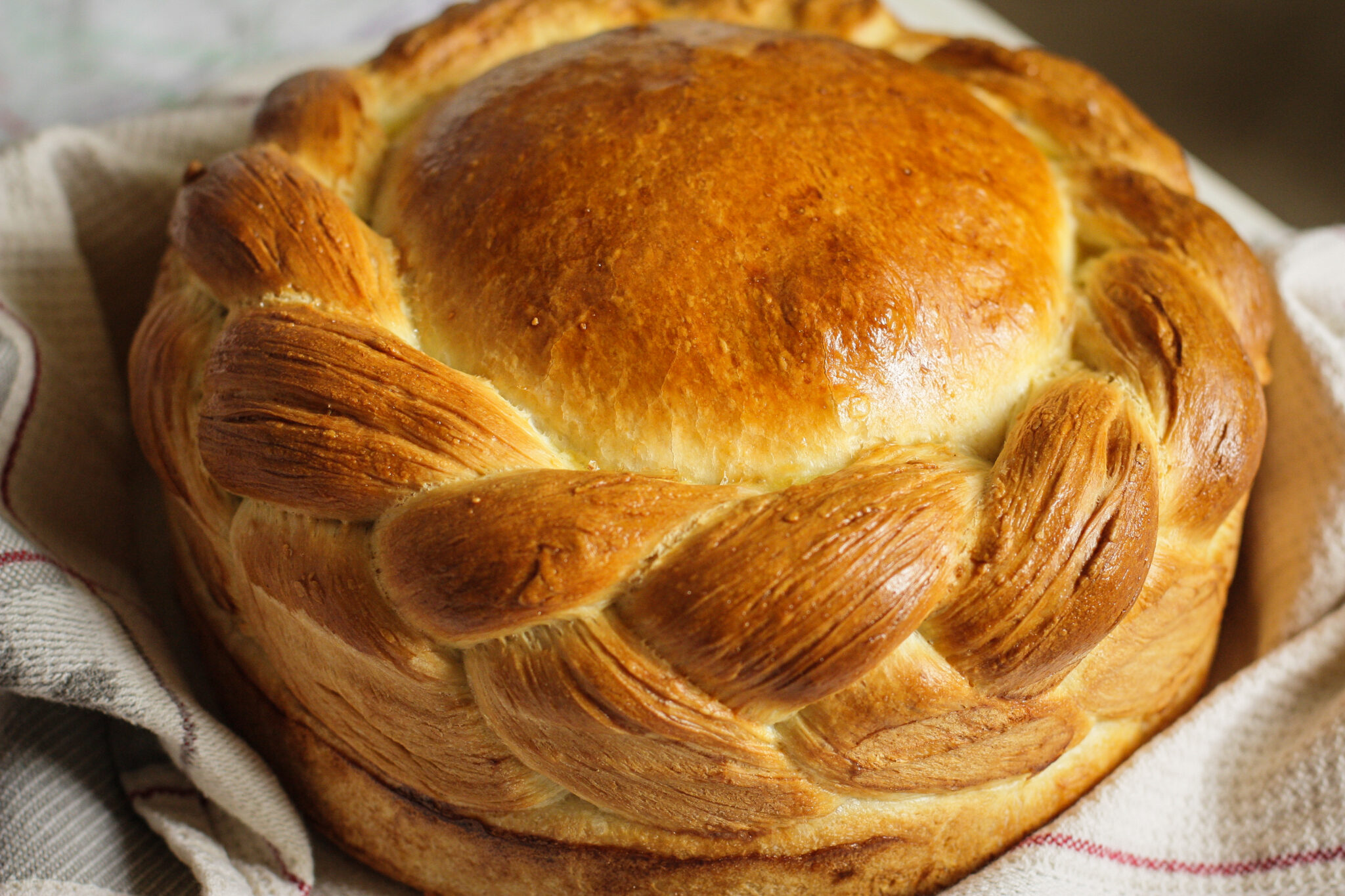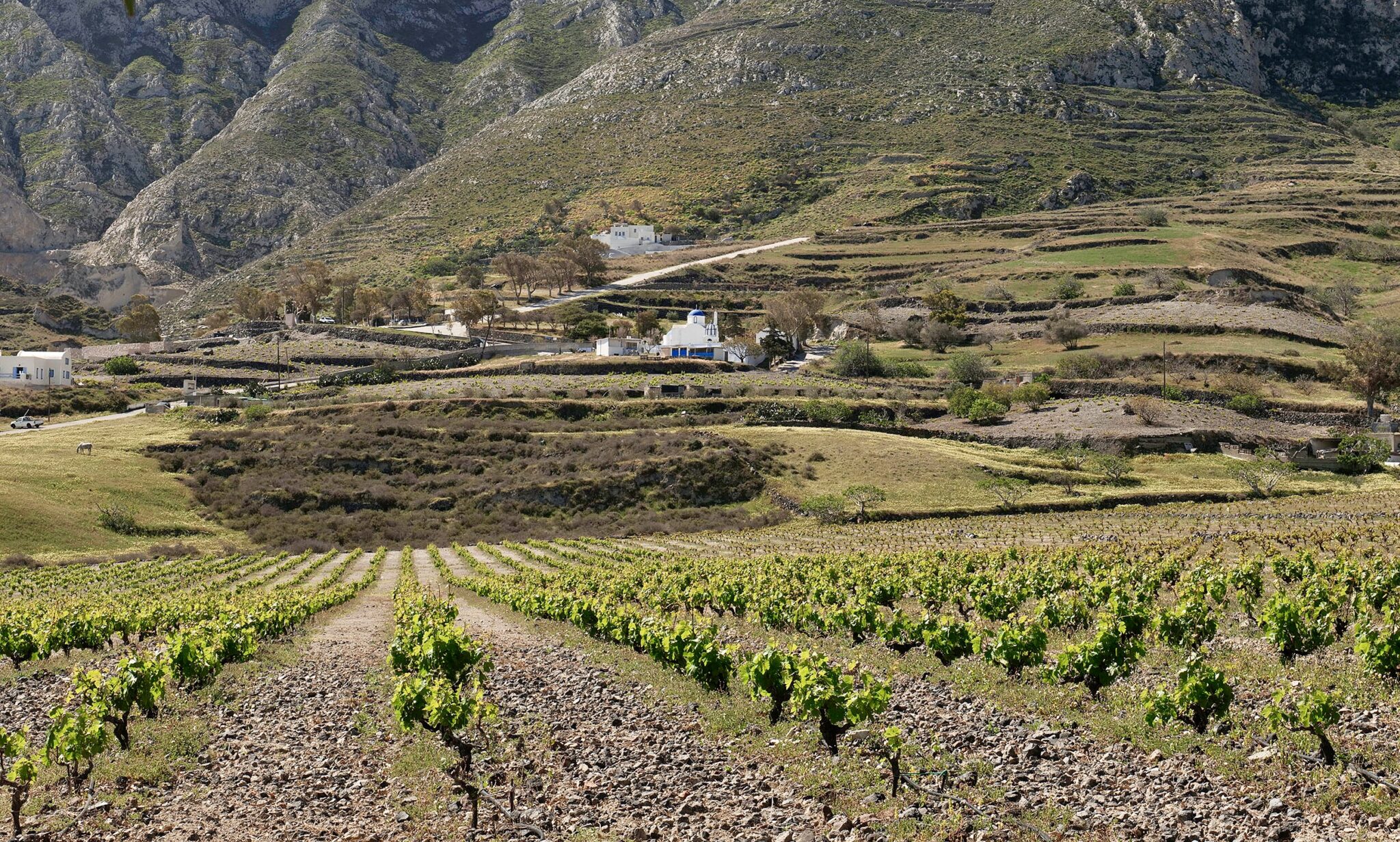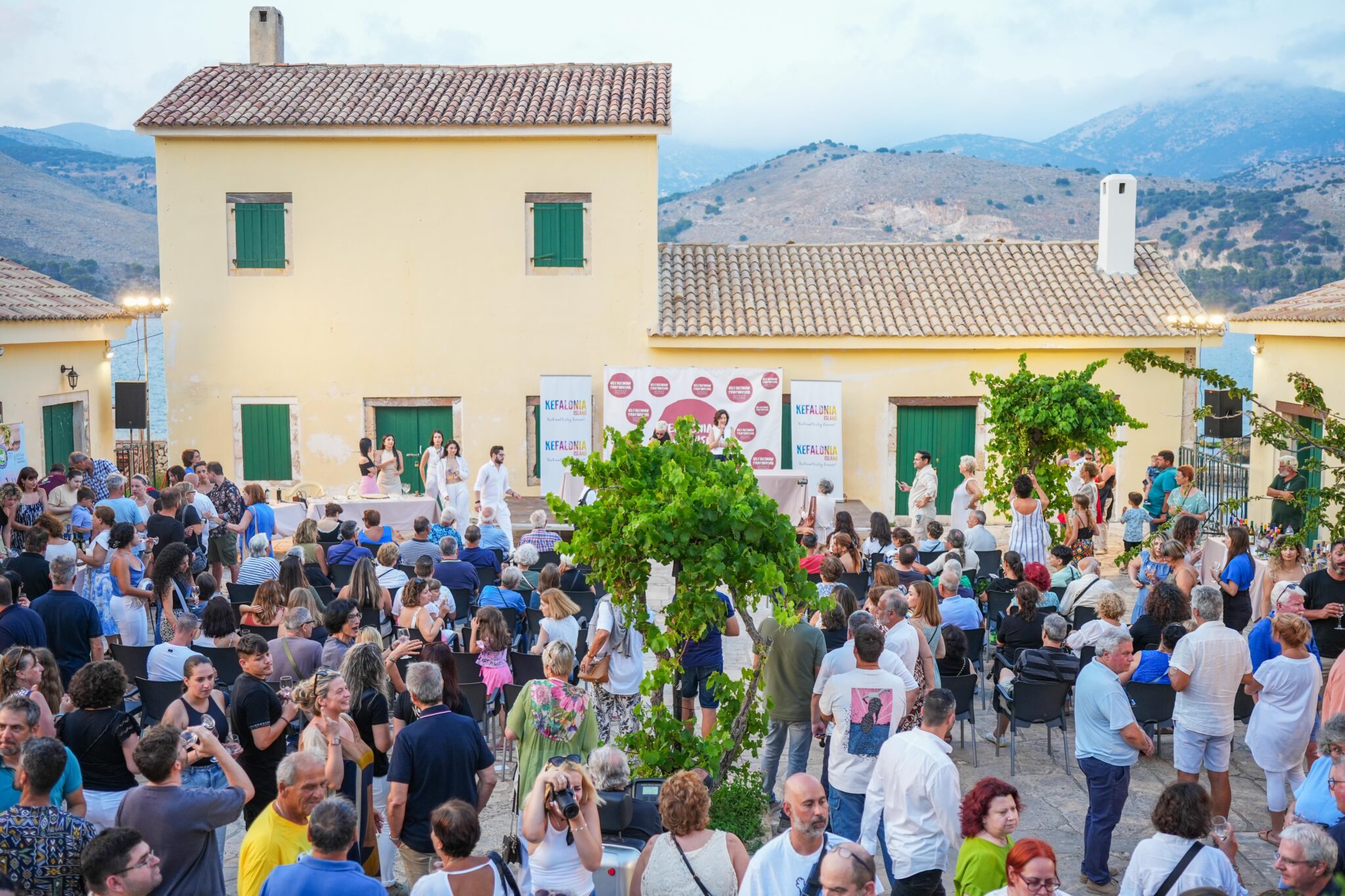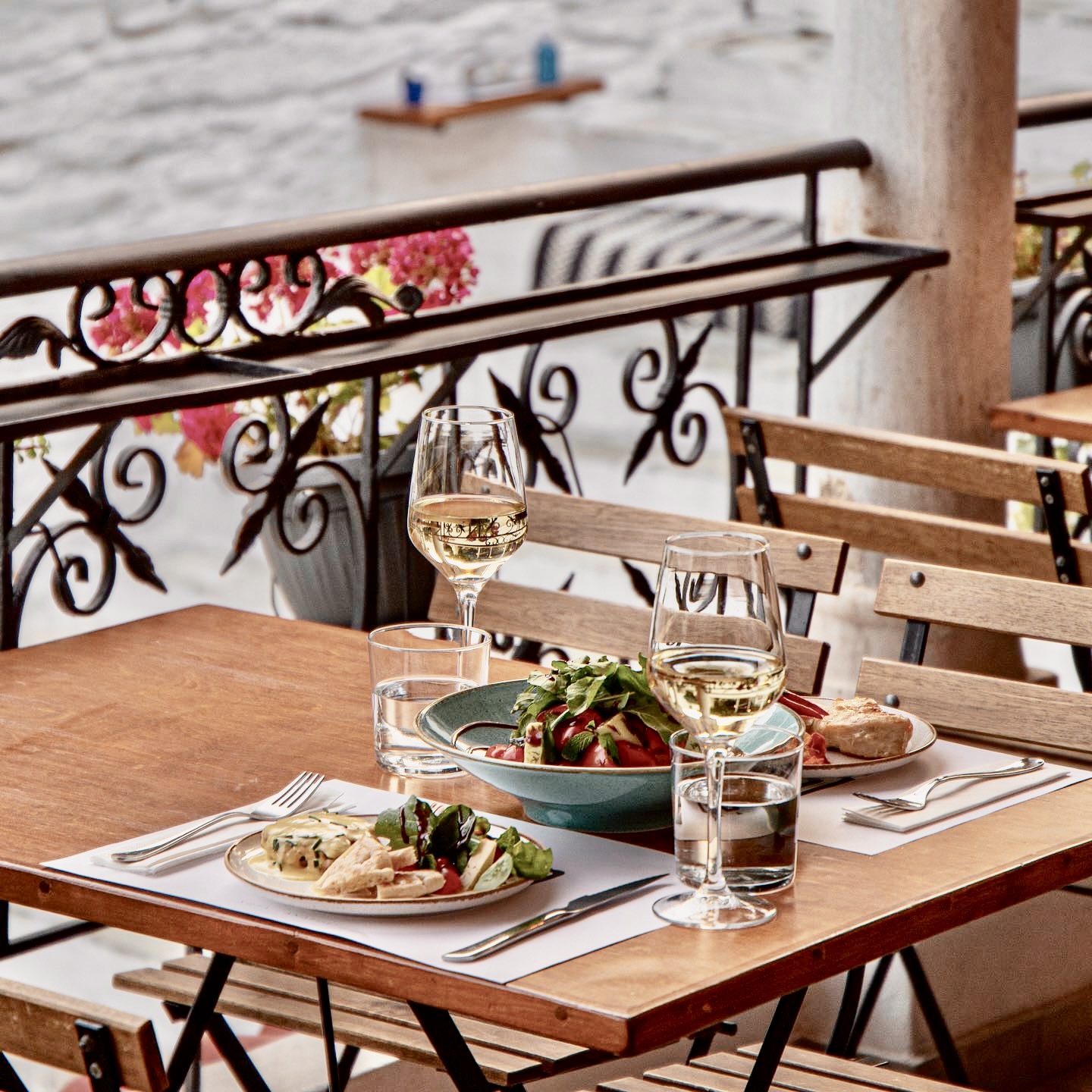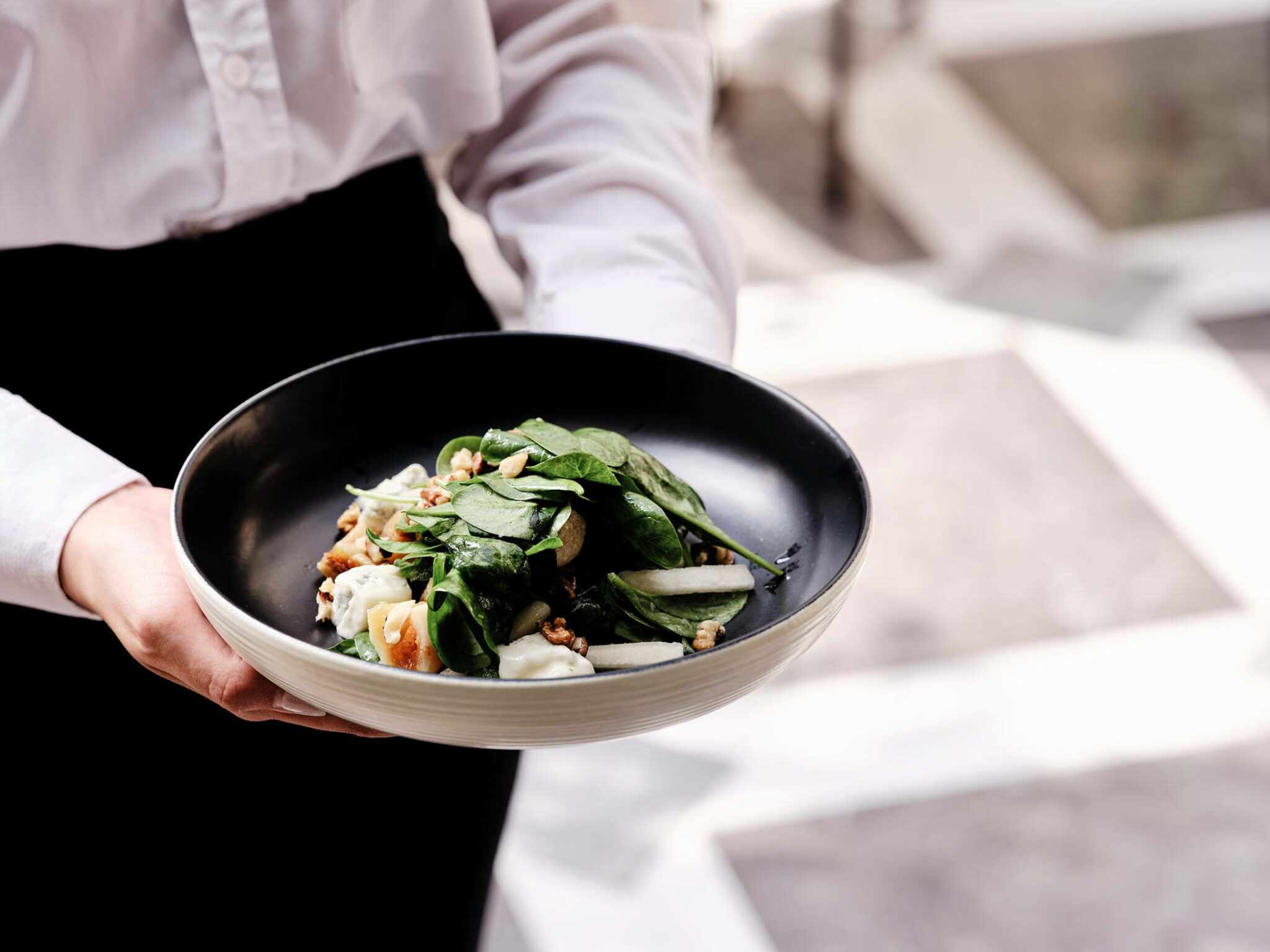Apart from kourambiedes (traditional Christmas shortbread with almonds and icing sugar), melomakarona (traditional Christmas cookie with walnuts and syrup) and diples (traditional fried honey rolls), some places have different traditions for the Christmas holidays.
Kourambiedes, melomakarona and diples may have nowadays become synonymous of Christmas but this has not always been the case.
Especially in the past, when it was harder to travel and there was little contact between various areas, each area had its own traditions in place of today’s uniformity. For example, anyone from Aetoloakarnania, will know that kourambiedes are not just a Christmas treat, but they’re also associated with weddings and christenings.
So, some of the past local traditions still remail, adding a special touch to the festive dinners or the holidays in Konitsa, Samos, Lesvos and Macedonia, as well as in homes with roots in Asia Minor that are keeping the memories and recipes of their grandmothers’ alive. Thus, we have the chance to get to know sweets like sikotourta, klostari, katades, platsenta and itsli.
Macedonia’s sikotourta
The (sweet) hristopsomo is popular in many areas in Greece. But, in Macedonia of the past there was a different version that resembles raisin bread, and that is known as sikotourta (literally fig cake), or “skotourta” and “xotourta”. Dimitrios Pantazopoulos in his books “T’ Antetia Mas” mentions sikotourta as part of the local Christmas customs of the are Roumoulki (North-eastern Imathia), but its popularity is not limited there.
Traditionally the preparation starts the day before the Christmas eve, because sikotourta needs to have been baked before Christmas Eve’s morning, when it’s cut in pieces and given to relatives and neighbours. The usual ingredients are sourdough, flour, olive oil, water, salt, black raisins and dried figs, which give it its name. After the kneading it is baked in a deep pan and then it can be sprinkled with sesame or be decorated with walnuts and figs. What’s absolutely necessary is for it to be stamped with the “sfraistero” (a religious stamp) and for a clearly marked cross to be designed on it the upper half (some people make it out of figs) as, according to tradition, the cross will bring good fortune to the household.
Samos’ katades
Even though they are known as “Samos’ kourambiedes” due to the icing sugar that is sprinkled on them after they are baked, katades, in fact, are a quite different sweet. Traditionally they were made with the remains of the baklava filling that was left over, while the dough was lightly flavoured with local ouzo.
Something that links them with kourambiedes for sure – apart from the icing sugar – is the addition of ash water in the mix: and maybe nowadays the fact that it contains ash may be disturbing, in the past the housewives knew that if it was properly prepared, ash adds flavour, and is, at the same time, beneficial. In addition, there are some Samos’ secrets for proper katades, like using rose water and half a cup of good honey.
Konitsa’s klostari
In an area like Konitsa, that used to produce an abundance of walnuts, it’s probably normal for Christmas to be associated with a dessert based on them. Klostari is a cylindrical baklava, distinct from the famous baklava from Ioannina, and the classic baklava from Constantinople. This is mainly due to the olive oil that is used for its production, an ingredient that adds voluptuousness to its flavour. Using local butter is considered an indispensable “secret”.
Klostari is rolled tight so that it keeps its stuffing of chopped walnuts, cinnamon and nutmeg safe inside. In recent years this dessert has spread over the borders of Konitsa and the surrounding villages and can be found even in Athens in shops that specialise in local products.
ΠΛΑΤΣΕΝΤΑ Μυτιλήνης https://t.co/L6GbcuDclV pic.twitter.com/xIHYy339F3
— FAY (@DIADROMH) October 25, 2017
Lesvos’ platsenta
“It’s not Christmas without platsenta” the old housewives of Lesvos used to say. And maybe many things have changed since, but this dessert remains popular and so you’ll come across it in local dinners, if you find yourself on the island during the holidays. Some say that it resembles the ancient Greek “glikina” that Athenaeus describes in his Deipnosophistae.
The main ingredients of platsenta is flour, olive oil and chopped walnuts, to which 4 tablespoons of local ouzo and two tablespoons of lemon juice are added. Some modern cooks sauté the dough with butter, but the traditional way is to sauté them with olive oil. In the end, syrup is poured over the dessert.
Itsli from Cappadocia
Itsli is part of the tradition of Greek populations in Cappadocia, and that’s why they were known as “itsli from Kayseri” when they became popular in the rest of Asia Minor. Soula Bozi, in her book “Cappadocia, Ionia, Pontus: Gefsis & Paradosis” (Cappadocia, Ionia, Pontus: Flavours & Traditions) mentions that they were made as a Christmas and Easter treat, as well as an engagement and wedding party treat. When the dessert came to Greece after 1922 it gradually lost its associations with the other festivities but remained linked to Christmas and New Year day.
You’ll come across them on festive tables of people with roots in Constantinople and Asia Minor in general, and you may mistake them for melomakarona when you see them. But, compared to melomakarona they have a harder exterior and stuffing, and are less sweet. And if you want a family secret, grandma-Katerina always said that “you put as much flour as it takes” adding that the dough is ready when it’s as soft as an earlobe.



